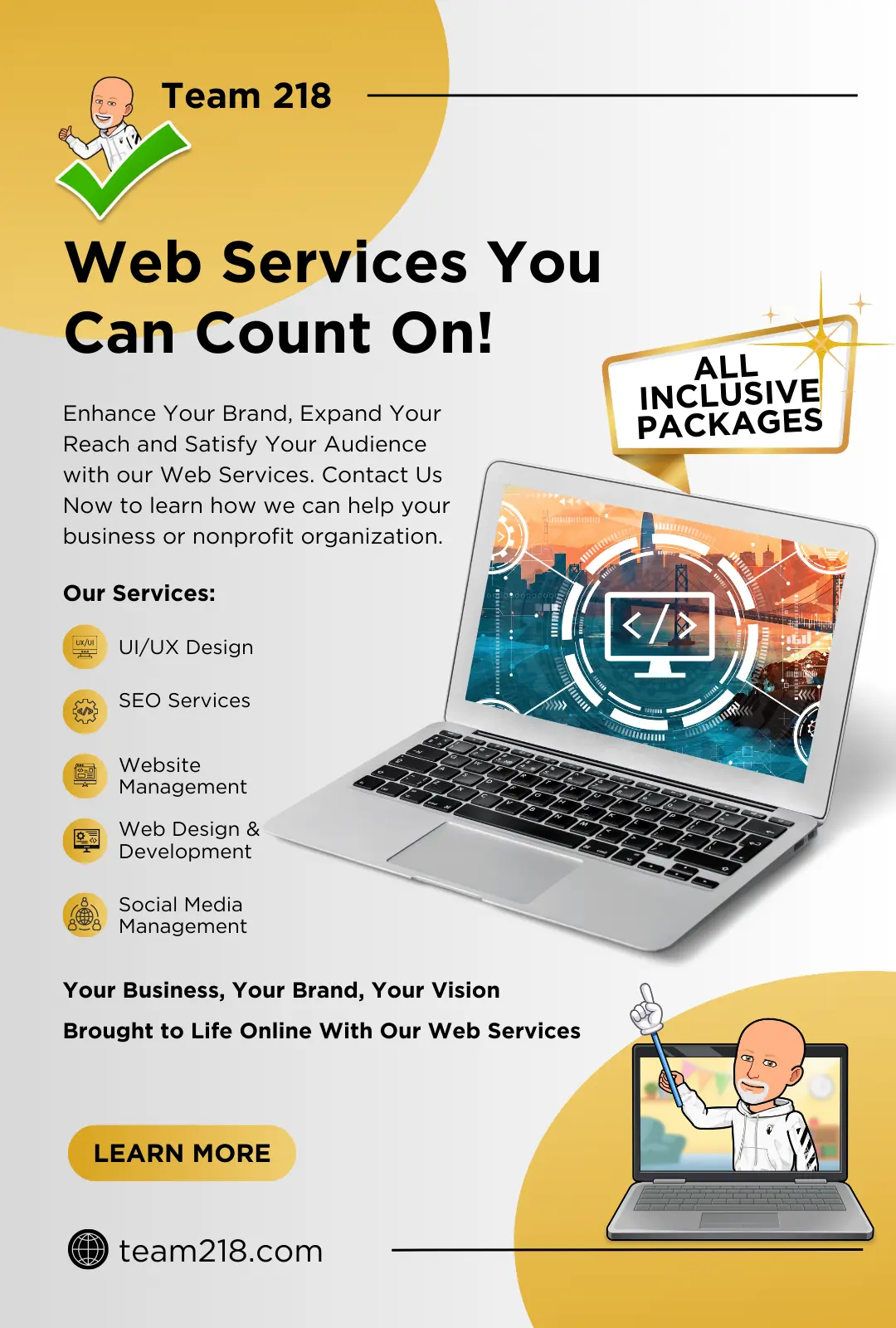How to Maximize Your Site's Performance with Advanced Web Design Approaches
Secret Considerations to Bear In Mind When Creating a Modern Website Design That Aligns With Existing Trends
In the ever-evolving landscape of web layout, it is crucial to consider a number of critical elements that not just mirror existing fads yet likewise improve user engagement. A receptive design is vital, making certain that individuals experience seamless performance throughout different devices. Furthermore, prioritizing user experience via user-friendly navigating and aesthetic charm can not be neglected. The intricacies extend past mere visuals and performance; comprehending the intricate equilibrium of ease of access and efficiency optimization is similarly vital. As we check out these dimensions, the implications for modern website design become increasingly considerable. What might these considerations expose concerning the future of electronic experiences?
Responsive Design Concepts
In the ever-evolving landscape of web layout, the execution of responsive style principles stands as a basic demand for creating user-friendly sites. Receptive design guarantees that website render well on a variety of tools, from desktops to tablets and smartphones. This flexibility is accomplished via liquid grids, versatile pictures, and media inquiries, which jointly permit a solitary site to provide an ideal watching experience throughout diverse systems.
The core of receptive design hinges on its capability to adjust format and material based upon the user's display size and positioning. By utilizing relative units like portions instead of fixed units like pixels, developers can create scalable layouts that preserve visual honesty. In addition, using media inquiries allows for the application of various styles depending upon the attributes of the device, helping with customized experiences that boost use.
Moreover, receptive style is not just a technical factor to consider; it is pivotal in suiting the boosting use smart phones for web surfing. As user expectations evolve, ensuring accessibility and performance throughout all platforms ends up being important for preserving engagement and satisfaction. Thus, accepting receptive design concepts is necessary for modern-day internet advancement, cultivating inclusivity and future-proofing digital content.
Focus on Customer Experience
Individual experience (UX) has actually arised as a central focus in modern-day internet layout, enhancing the principles of responsive layout by focusing on just how users connect with internet sites. A well-designed UX can dramatically impact user retention, engagement, and fulfillment, underscoring the demand for designers to develop intuitive and pleasurable experiences.
Key aspects of reliable UX style include use, functionality, and visual appeals. Internet sites must be very easy to browse, guaranteeing users can locate the details they look for without complication. Clear and succinct navigation menus, regular design, and logical material organization are crucial in attaining this objective. In addition, functionality plays a critical role; interactive elements should function seamlessly throughout all gadgets and web browsers.

Additionally, incorporating user feedback into the style procedure is necessary - web design. Conducting functionality screening and gathering insights from actual users can provide important details to fine-tune the style and address discomfort points. Ultimately, a solid focus on individual experience will assist produce sites that resonate with site visitors, promoting commitment and driving conversions
Significance of Ease Of Access
Ease of access is a fundamental aspect of contemporary internet layout, making sure that all customers, no matter of their impairments or capabilities, can browse and engage with digital web content properly. As the internet ends up being significantly integral to daily life, it is essential that websites are inclusive, accommodating a diverse audience that consists of individuals with aesthetic, acoustic, cognitive, and electric motor disabilities.
Carrying out ease of access features not just abides by legal demands, such as the Americans with Disabilities Act (ADA) and the Internet Material Availability Guidelines (WCAG), but likewise improves individual experience for everyone. Available designs commonly result in much better navigating, faster filling times, and boosted seo, profiting all users.
Furthermore, promoting a comprehensive digital atmosphere mirrors positively on a brand's online reputation. Firms that prioritize availability demonstrate social duty and a dedication to equity, which can enhance consumer commitment and expand their market reach.

Existing Visual Patterns
Accepting present aesthetic patterns is important for producing engaging and aesthetically enticing web sites that capture individual interest. In today's electronic landscape, minimalism remains to control, stressing tidy lines, sufficient white space, and simple navigation. This technique not just enhances readability but likewise allows vital material to beam, lining up with customer assumptions for simplicity and clarity.
Furthermore, using strong typography is progressively popular, supplying a distinctive voice and enhancing brand name identity. Huge, eye-catching typefaces can create aesthetic hierarchy, directing individuals via the material successfully. In addition, vivid color palettes are making a comeback, enabling developers to evoke feelings and create remarkable experiences.
Another trend is the incorporation of asymmetrical designs and organic shapes, which can add a component of shock and creative thinking, setting a website aside from even more standard styles. The assimilation of immersive visuals, such as high-quality pictures and videos, can involve individuals and convey messages more powerfully.
As these visual fads develop, it is important for web designers to remain notified and adapt their techniques, ensuring their creations remain appropriate and resonate with modern target markets.
Enhancing for Efficiency
While visual factors to consider play a substantial duty in bring in customers, optimizing for efficiency is just as crucial to guarantee a smooth surfing experience. A properly designed go to these guys web site ought to pack swiftly and respond immediately to individual interactions, as hold-ups can lead to stress and raised bounce rates.
To accomplish optimum performance, designers should prioritize lessening data sizes by compressing images and using reliable coding practices (web design). Carrying out lazy loading strategies can additionally enhance speed by delaying the loading of non-essential sources till they are needed. In addition, leveraging Web content Distribution Networks (CDNs) can distribute static possessions closer to customers, minimizing latency
Furthermore, it is important to utilize modern web modern technologies such as HTML5 and CSS3, which not only boost efficiency yet additionally boost compatibility across numerous devices and browsers. On a regular basis keeping an eye on internet site rate using devices like Google PageSpeed Insights can give valuable understandings right into areas for renovation.

Conclusion
To conclude, contemporary website design necessitates a diverse strategy that includes responsive style principles, a focus on individual experience, and stringent adherence to ease of access requirements. Present visual fads, identified by minimalism and bold visuals, even more enhance interaction. Furthermore, enhancing efficiency with effective resource monitoring and quick packing times is vital for preserving customers. Jointly, these factors to consider add to the production of a cohesive and impactful on-line presence that meets the varied needs of contemporary individuals.
In the ever-evolving landscape of internet design, it is vital to take into consideration a number of critical elements site web that not only show existing patterns but additionally improve individual involvement. A receptive layout is critical, ensuring that users experience seamless capability throughout different gadgets.The core of receptive design lies in its ability to change layout and material based on the customer's screen dimension and positioning.Additionally, integrating customer responses right into the style procedure is vital.In verdict, modern-day web style requires a complex strategy that encompasses responsive design concepts, an emphasis on customer experience, and rigorous adherence to availability requirements.